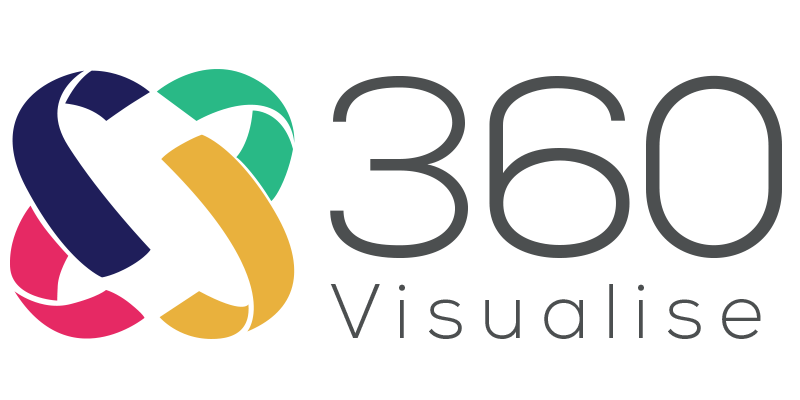
Dinosaur fossils and eggs are typically much larger than the field of view of a dental CBCT machine and are made of different materials, such as bone or rock, which do not produce the same type of X-ray images as human teeth and bone. In addition, the high-energy X-rays used in dental CBCT machines could potentially damage or destroy the delicate structure of a fossil or egg.
To examine a dinosaur fossil or egg, scientists typically use other types of imaging techniques, such as computed tomography (CT) scans, magnetic resonance imaging (MRI), or micro-CT scans, which are designed to produce detailed images of larger objects and materials. These techniques use different types of radiation or magnetic fields to produce images and are more suitable for studying fossils and other geological specimens.
